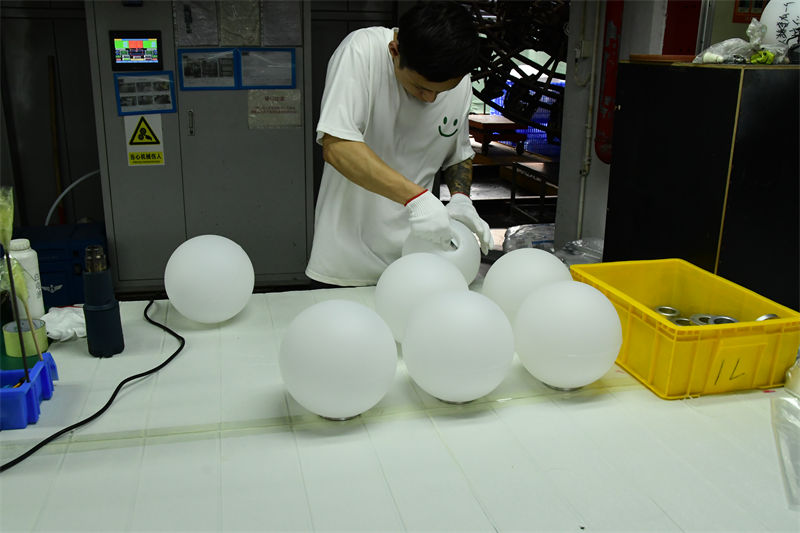Surface Finishing is important to Enhance Overall Quality of Rotomolded Products
 May 25,2024
May 25,2024

Surface Finishing is important to Enhance Overall Quality of Rotomolded Products
Surface finishing is an integral part of the roto molding process, playing a significant role in enhancing the aesthetics and functionality of rotomolded products. Surface finishing techniques such as cleaning, texturing, polishing, coating, painting, anodizing, and decorating, can ensure that their rotomolded products meet industry standards and customer expectations.

1. Cleaning
The first step in surface finishing for rotomolded products is thorough cleaning. It is essential to remove any contaminants, such as dust, oil, or fibers, that may be present on the mold or the plastic product. Proper cleaning techniques, such as washing with detergent and water or using compressed air, should be employed to ensure a clean surface.
2. Texturing
Texturing is a surface finishing technique used to modify the surface appearance and properties of rotomolded products. It involves applying a textured surface pattern to the mold, which is then transferred to the plastic product during the molding process. Texturing can enhance grip, slip resistance, or aesthetic appeal, depending on the pattern and depth of the texture.
3. Polishing
Polishing is another critical surface finishing technique for rotomolded products. It aims to achieve a smooth and shiny surface finish by removing any imperfections or roughness on the mold. Polishing is typically done using abrasive materials and polishing compounds. A well-polished mold ensures that the final product has a high-quality surface finish.
4. Coating
Coating is a surface finishing method used to protect rotomolded products from environmental factors, such as UV radiation, chemicals, or abrasion. Common coating materials include paint, powder coat, or thermoplastic coatings. Coating not only enhances the durability and longevity of the product but also improves its aesthetics.
5. Painting
Painting is a popular surface finishing technique for rotomolded products, used to achieve a specific color or design. It involves applying a primer, basecoat, and topcoat to the surface of the molded product. The painting process should be carried out in a controlled environment using high-quality paints and equipment to ensure an even and durable finish.
6. Anodizing
Anodizing is a surface finishing technique primarily used for aluminum molds. It involves electrochemically depositing a layer of oxide onto the surface of the mold, which provides corrosion resistance, increased hardness, and improved wear resistance. Anodized molds help in achieving better surface finish and longevity for rotomolded products.
7. Decorating
Decorating is a surface finishing technique used to add visual appeal to rotomolded products. It includes processes such as screen printing, pad printing, or heat transfer printing. Decorating allows for the application of logos, text, or graphics directly onto the product, enhancing its overall aesthetic value.
Each surface finishing technique contributes to the overall quality and appeal of the final product, making it a vital step in the roto molding workflow.
 Tel: 0086-13632687993
Tel: 0086-13632687993  Email: roto@lightvenus.com
Email: roto@lightvenus.com

 Home
Home What Types of Rotational Molding Products are Particularly Made with Aluminum Molds
What Types of Rotational Molding Products are Particularly Made with Aluminum Molds  You May Also Like
You May Also Like



 Tel
Tel
 Email
Email
 Address
Address








